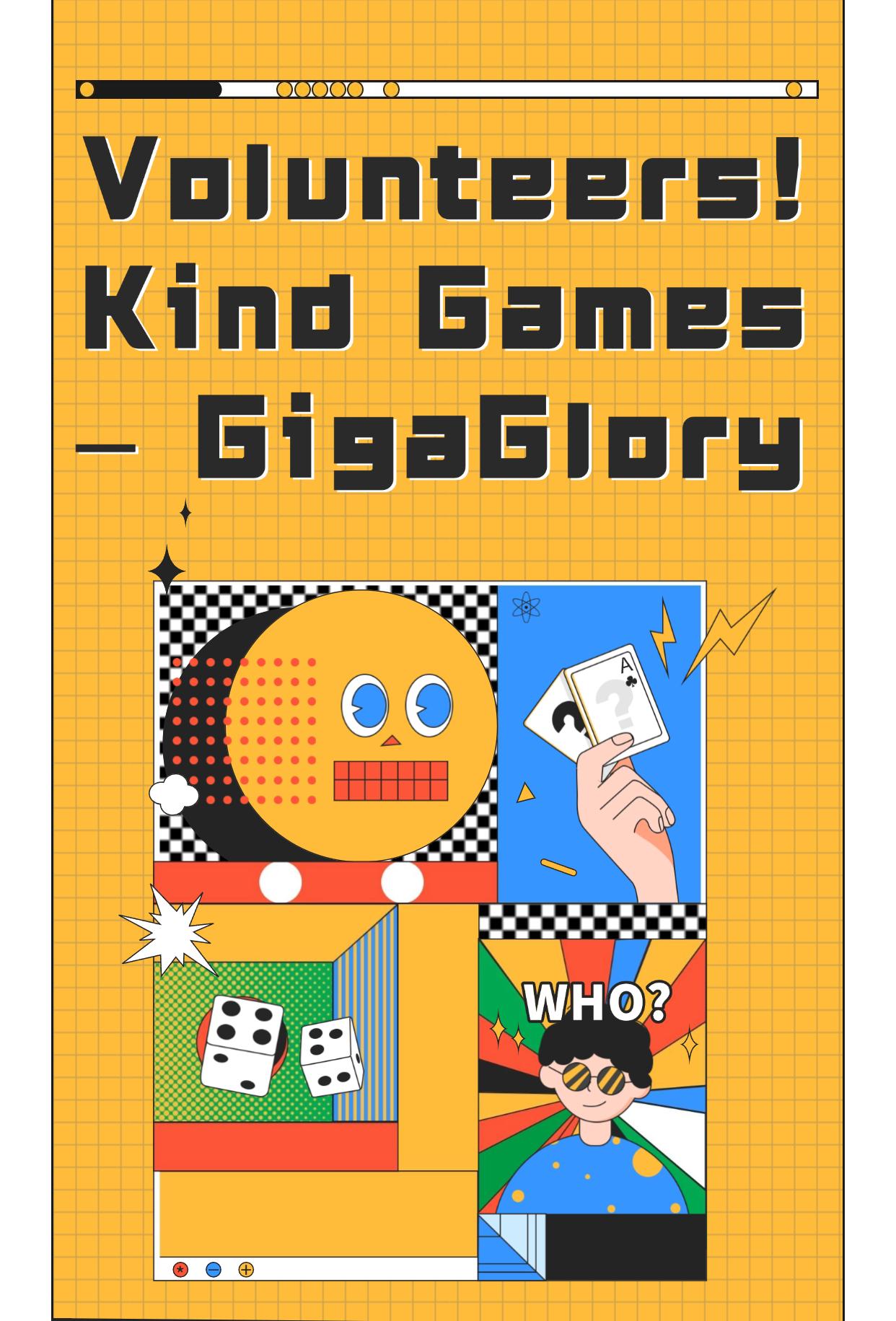Are Idle Games the Future of Real-Time Strategy Gaming?
The gaming world is buzzing with questions about the rising trend of idle games and how they might reshape the landscape of real-time strategy games. While many gamers are accustomed to the fast-paced, demand-heavy nature of traditional RTS titles, idle games offer a refreshing alternative that allows players to engage in a more relaxed style of gameplay. But can this genre really coexist or even thrive in the RTS realm? Let's dive into the details.
The Allure of Idle Games
Idle games, also known as incremental games, are designed for minimal player interaction. Players often set strategies then let the game progress on its own, relying on mechanics that reward long-term planning rather than immediate action. Popular examples have taken over mobile devices, captivating audiences who appreciate the hands-off approach. But how does this translate to the classic RTS genre? Below are some reasons why idle games might just be the future:
- Accessibility: Idle games attract players who may feel overwhelmed by the complexities of RTS games. This lower barrier to entry can draw a wider audience.
- Time Consumption: Gamers today juggle numerous responsibilities. Idle games allow for progress without constant engagement, fitting seamlessly into busy lives.
- Strategic Depth: Contrary to what some believe, idle games incorporate layers of strategy. Players must still optimize their approaches and resource allocation, akin to traditional strategy games.
The Changing Face of Real-Time Strategy
As the RTS community evolves, developers are increasingly considering integrating idle mechanics to cater to changing preferences. Players have started to expect more than just traditional gameplay. The emergence of titles like "Clash of Clans" has shown how multi-faceted gameplay can attract engagement. In Clash of Clans best builder base 8, for example, gamers learn to balance immediate tactics with long-term planning that's akin to idle games.
| Type of Game | Engagement Level | Strategic Complexity | Time Investment |
|---|---|---|---|
| Idle Games | Low | Moderate | Flexible |
| Real-Time Strategy Games | High | High | Constant |
Pros and Cons of Combining Genres
There’s no denying that merging idle mechanics with traditional RTS gameplay holds potential. However, it also raises several questions about the identity of these genres. Below are some pros and cons to consider:
- Pros:
- Increased audience reach by appealing to casual gamers.
- Potential for innovative gameplay that keeps players engaged longer.
- Enhanced monetization options through in-game purchases.
- Cons:
- Risk of alienating hardcore RTS fans who prefer intense, real-time experiences.
- Possible dilution of the RTS brand, leading to confusion among players.
- Balancing gameplay mechanics could be tricky and might lead to complexities.
Looking Forward
As the gaming industry continues to shift, it’s clear that idle games have a solid place at the table. Their growth suggests a market that values convenience and depth simultaneously. While traditional RTS games are far from obsolete, integrating idle elements could be the key to revitalizing the genre.
Conclusion
In conclusion, the rise of idle games presents exciting possibilities for the future of real-time strategy gaming. As players seek more accessible and enjoyable experiences while still craving strategic depth, developers have an opportunity to innovate. The gaming landscape is ever-changing; whether players will embrace idle strategy games remains to be seen. But one thing's for sure, the conversation about combining these genres is just beginning.



